As the summer heat begins to wane and the days grow shorter, gardeners in Zone 7 can look forward to a bountiful fall harvest. The mild temperatures and ample rainfall of this region make it an ideal location for a variety of cool-weather crops. In this comprehensive guide, we’ll explore the best fall garden vegetables for Zone 7.
Brussels Sprouts
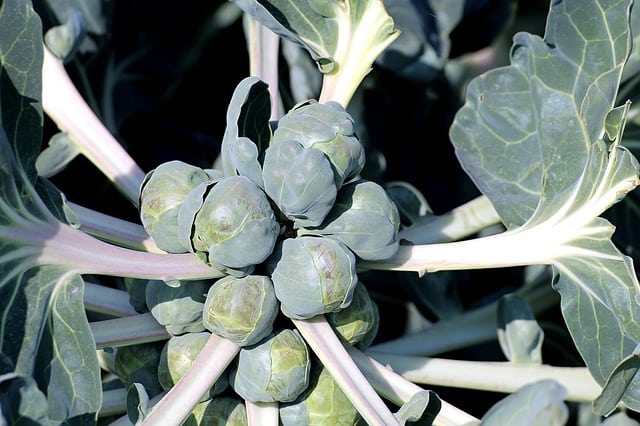
Brussels sprouts are a true autumn delight, thriving in the cooler temperatures and shorter daylight hours of the fall season. These miniature cabbages take between 90 and 100 days to reach maturity, making them a perfect choice for planting in the mid-summer months. The ideal planting window for Zone 7 gardeners is typically between July 1st and July 15th.
Brussels sprouts are not only delicious but also packed with essential nutrients. They are an excellent source of vitamins C and K, as well as fiber, folate, and antioxidants. When grown in the right conditions, these hardy plants can produce a bountiful harvest that will last well into the winter months.
To ensure a successful Brussels sprouts crop, gardeners should choose a location that receives full sun and has well-draining, nutrient-rich soil. These plants prefer a slightly acidic pH, typically between 6.0 and 7.5. Regular watering and consistent fertilization are also key to promoting healthy growth and robust sprout production.
Carrots
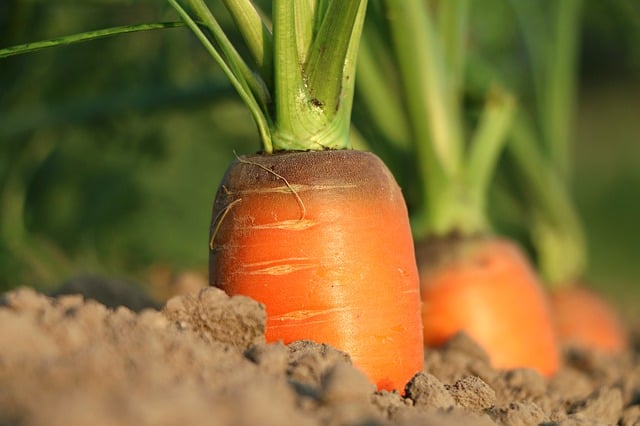
Carrots are a quintessential fall garden vegetable, thriving in the cooler temperatures and shorter days of the autumn season. These root vegetables take between 85 and 95 days to reach maturity, making them an excellent choice for planting in the mid-summer months. The ideal planting window for Zone 7 gardeners is typically between July 1st and July 15th.
Carrots are not only delicious but also packed with essential nutrients, including vitamins A, C, and K, as well as fiber and antioxidants. When grown in the right conditions, these versatile roots can be enjoyed in a variety of dishes, from roasted side dishes to fresh salads.
To ensure a successful carrot crop, gardeners should choose a location that receives full sun and has well-draining, loose soil. These plants prefer a slightly acidic pH, typically between 6.0 and 6.8. Regular watering and consistent fertilization are also key to promoting healthy growth and robust root development.
Rutabagas

Rutabagas, also known as Swedes, are a hardy and flavorful fall garden vegetable that thrives in the cooler temperatures of Zone 7. These root vegetables take between 70 and 80 days to reach maturity, making them an excellent choice for planting in the mid-summer months. The ideal planting window for Zone 7 gardeners is typically between July 1st and August 1st.
Rutabagas are not only delicious but also packed with essential nutrients, including vitamins C and B6, as well as fiber and antioxidants. When grown in the right conditions, these versatile roots can be enjoyed in a variety of dishes, from roasted side dishes to hearty stews.
To ensure a successful rutabaga crop, gardeners should choose a location that receives full sun and has well-draining, nutrient-rich soil. These plants prefer a slightly acidic pH, typically between 6.0 and 7.0. Regular watering and consistent fertilization are also key to promoting healthy growth and robust root development.
Beets

Beets are another excellent choice for Zone 7 gardeners. These vibrant root vegetables take between 55 and 60 days to reach maturity, making them a quick and rewarding crop. The ideal planting window for Zone 7 is typically between July 15th and August 15th.
Beets are not only delicious but also packed with essential nutrients, including vitamins A, C, and K, as well as fiber, folate, and antioxidants. When grown in the right conditions, these versatile roots can be enjoyed in a variety of dishes, from roasted side dishes to fresh salads.
To ensure a successful beet crop, gardeners should choose a location that receives full sun and has well-draining, nutrient-rich soil. These plants prefer a slightly acidic pH, typically between 6.0 and 7.0. Regular watering and consistent fertilization are also key to promoting healthy growth and robust root development.
Broccoli
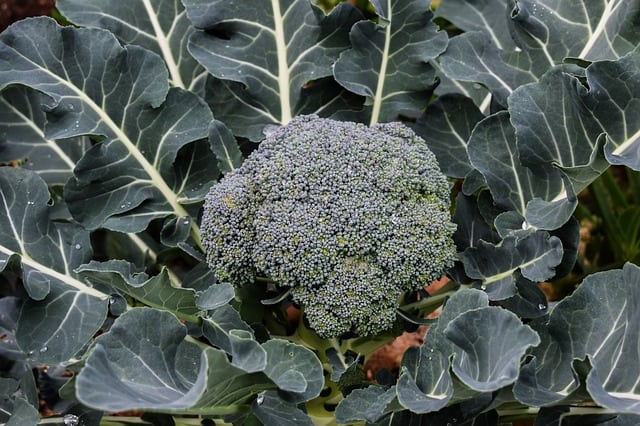
Broccoli is another fall garden staple that thrives in the cooler temperatures and shorter days of Zone 7. These nutrient-dense vegetables mature within 70 to 80 days, making them an excellent choice for planting in the mid-summer months. The ideal planting window for Zone 7 gardeners is typically between July 15th and August 15th.
Broccoli is an excellent source of vitamins C and K, as well as fiber, folate, and antioxidants. When grown in the right conditions, these hardy plants can produce a bountiful harvest that will last well into the winter months.
To ensure a successful broccoli crop, gardeners should choose a location that receives full sun and has well-draining, nutrient-rich soil. These plants prefer a slightly acidic pH, typically between 6.0 and 7.0. Regular watering and consistent fertilization are also key to promoting healthy growth and robust head production.
Collard Greens
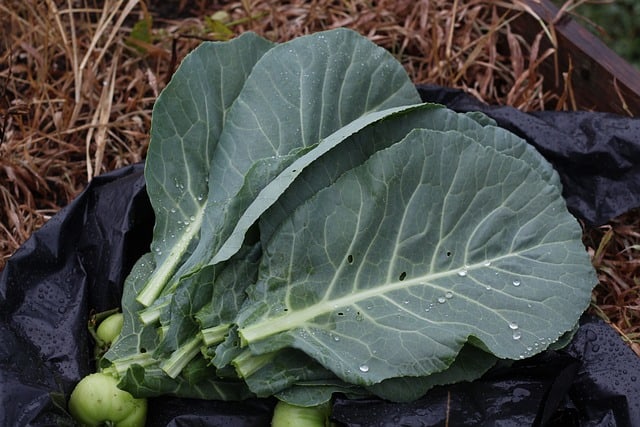
Collard greens are a hardy and versatile fall garden vegetable that thrives in the cooler temperatures of Zone 7. These leafy greens mature within 60 to 100 days, depending on the variety, making them a great choice for planting in the mid-summer months. The ideal planting window for Zone 7 gardeners is typically between July 15th and August 15th.
Collard greens are an excellent source of vitamins A, C, and K, as well as fiber, calcium, and antioxidants. When grown in the right conditions, these nutrient-dense leaves can be enjoyed in a variety of dishes, from sautéed side dishes to hearty soups and stews.
To ensure a successful collard greens crop, gardeners should choose a location that receives full sun to partial shade and has well-draining, nutrient-rich soil. These plants prefer a slightly acidic pH, typically between 6.0 and 7.0. Regular watering and consistent fertilization are also key to promoting healthy growth and robust leaf production.
Cabbage
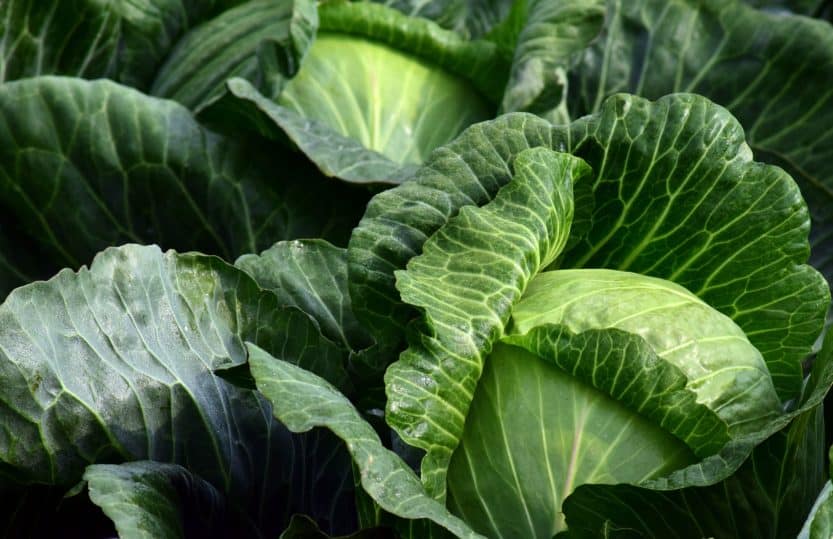
Cabbage is a versatile and hardy fall garden vegetable that thrives in the cooler temperatures of Zone 7. These compact heads can be planted from August 1st to August 15th, allowing gardeners to enjoy a bountiful harvest in the autumn months.
Cabbage is an excellent source of vitamins C and K, as well as fiber, folate, and antioxidants. When grown in the right conditions, these nutrient-dense vegetables can be enjoyed in a variety of dishes, from fresh coleslaw to hearty soups and stews.
To ensure a successful cabbage crop, gardeners should choose a location that receives full sun and has well-draining, nutrient-rich soil. These plants prefer a slightly acidic pH, typically between 6.0 and 7.5. Regular watering and consistent fertilization are also key to promoting healthy growth and robust head formation.
Cucumbers
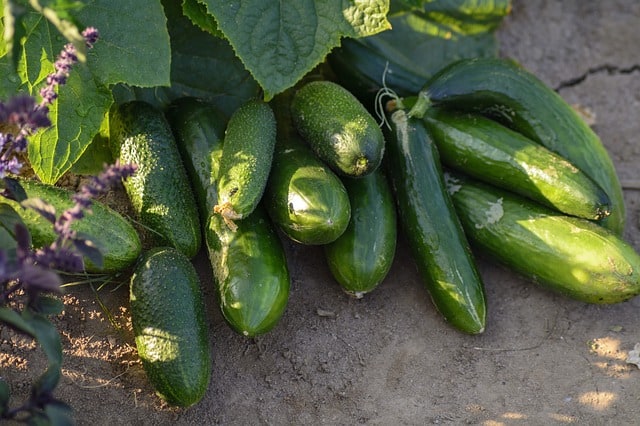
Cucumbers, both pickling and slicing varieties, are a delightful addition to the fall garden in Zone 7. These refreshing vegetables can be planted from August 1st to August 15th, allowing gardeners to enjoy a crisp and flavorful harvest in the cooler months.
Cucumbers are an excellent source of vitamins C and K, as well as fiber and antioxidants. When grown in the right conditions, these versatile vegetables can be enjoyed in a variety of dishes, from fresh salads to homemade pickles.
To ensure a successful cucumber crop, gardeners should choose a location that receives full sun and has well-draining, nutrient-rich soil. These plants prefer a slightly acidic pH, typically between 6.0 and 7.0. Regular watering and consistent fertilization are also key to promoting healthy growth and robust fruit production.
Kohlrabi
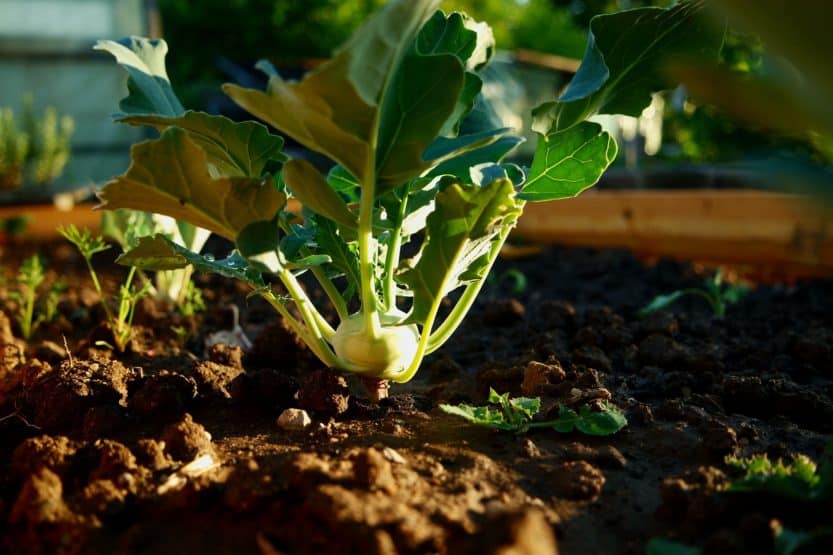
Kohlrabi is a unique and delicious fall garden vegetable that thrives in the cooler temperatures of Zone 7. These bulbous stems can be planted from August 1st to August 15th, allowing gardeners to enjoy a crisp and flavorful harvest in the autumn months.
Kohlrabi is an excellent source of vitamins C and B6, as well as fiber and antioxidants. When grown in the right conditions, these versatile vegetables can be enjoyed in a variety of dishes, from roasted side dishes to fresh salads.
To ensure a successful kohlrabi crop, gardeners should choose a location that receives full sun and has well-draining, nutrient-rich soil. These plants prefer a slightly acidic pH, typically between 6.0 and 7.0. Regular watering and consistent fertilization are also key to promoting healthy growth and robust bulb development.
Turnips
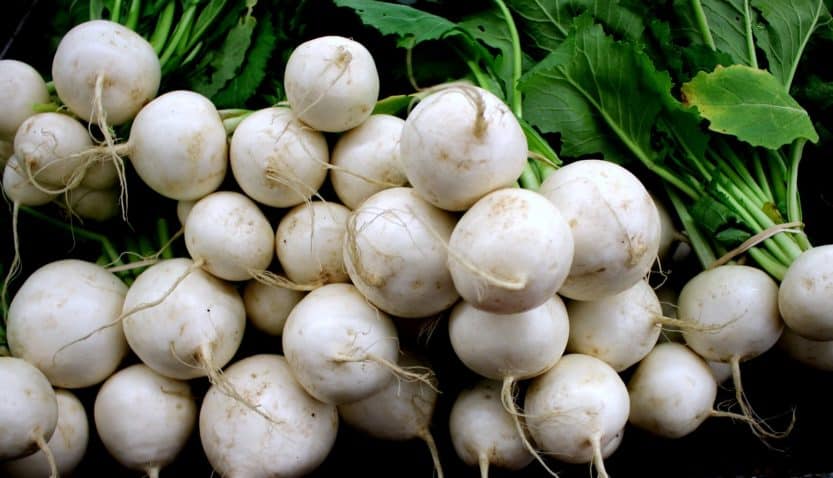
Turnips are a versatile and hardy fall garden vegetable that thrives in the cooler temperatures of Zone 7. These root vegetables can be planted from August 1st to August 15th, allowing gardeners to enjoy a bountiful harvest in the autumn months.
Turnips are an excellent source of vitamins C and K, as well as fiber, folate, and antioxidants. When grown in the right conditions, these nutrient-dense roots can be enjoyed in a variety of dishes, from roasted side dishes to hearty stews.
To ensure a successful turnip crop, gardeners should choose a location that receives full sun and has well-draining, nutrient-rich soil. These plants prefer a slightly acidic pH, typically between 6.0 and 7.0. Regular watering and consistent fertilization are also key to promoting healthy growth and robust root development.
Lettuce
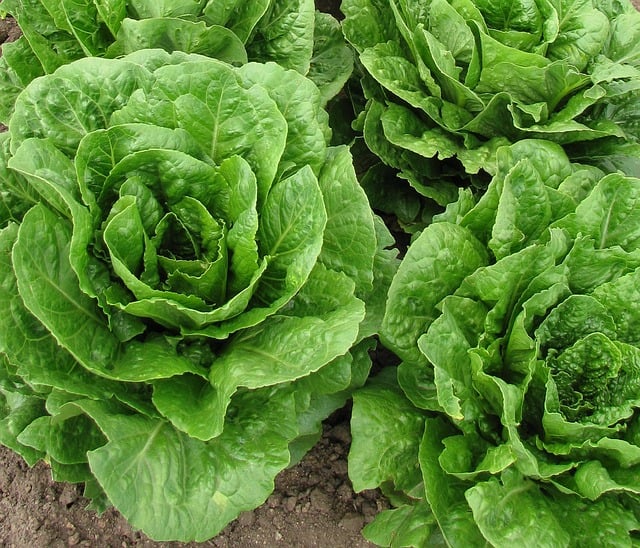
Lettuce is a cool-weather crop that thrives in the milder temperatures of fall, making it an excellent choice for Zone 7 gardeners. These leafy greens can be planted from August 1st to August 15th, allowing for a fresh and flavorful harvest in the autumn months.
Lettuce is an excellent source of vitamins A, C, and K, as well as fiber and antioxidants. When grown in the right conditions, these versatile greens can be enjoyed in a variety of dishes, from fresh salads to hearty sandwiches.
To ensure a successful lettuce crop, gardeners should choose a location that receives partial shade and has well-draining, nutrient-rich soil. These plants prefer a slightly acidic pH, typically between 6.0 and 7.0. Regular watering and consistent fertilization are also key to promoting healthy growth and robust leaf production.
Spinach
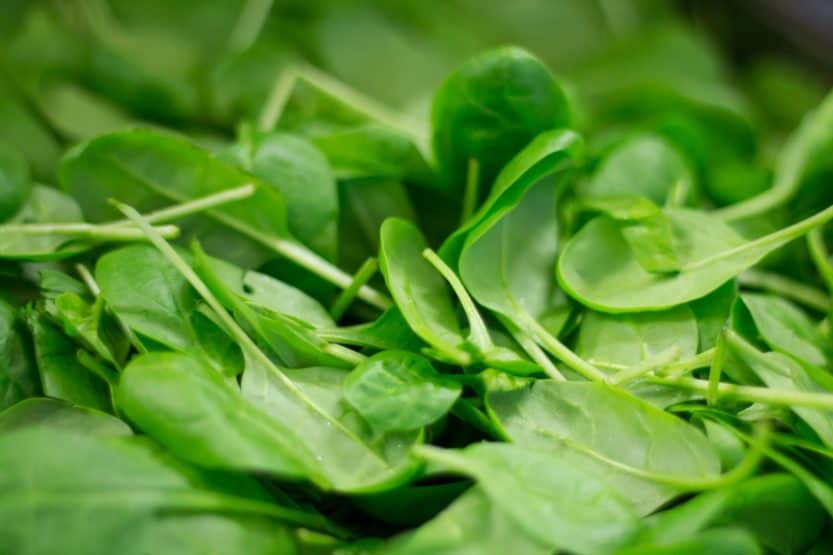
Spinach is a nutrient-dense and versatile fall garden vegetable that thrives in the cooler temperatures of Zone 7. This leafy green can be planted from August 1st to August 15th, allowing gardeners to enjoy a bountiful harvest in the autumn months.
Spinach is an excellent source of vitamins A, C, and K, as well as fiber, folate, and antioxidants. When grown in the right conditions, these tender leaves can be enjoyed in a variety of dishes, from fresh salads to sautéed side dishes.
To ensure a successful spinach crop, gardeners should choose a location that receives partial shade and has well-draining, nutrient-rich soil. These plants prefer a slightly acidic pH, typically between 6.0 and 7.0. Regular watering and consistent fertilization are also key to promoting healthy growth and robust leaf production.
Kale
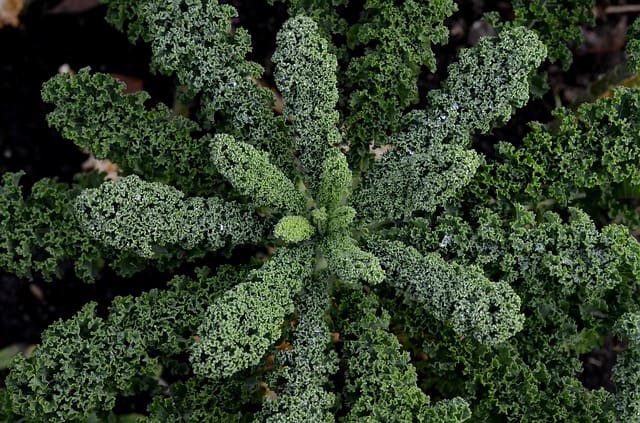
Kale is a hardy and nutrient-dense fall garden vegetable that can be sown from August 15th to September 1st in Zone 7. This leafy green is known for its ability to withstand cooler temperatures and provide a steady supply of fresh, flavorful leaves throughout the autumn months.
Kale is an excellent source of vitamins A, C, and K, as well as fiber, calcium, and antioxidants. When grown in the right conditions, these robust leaves can be enjoyed in a variety of dishes, from fresh salads to sautéed side dishes.
To ensure a successful kale crop, gardeners should choose a location that receives full sun and has well-draining, nutrient-rich soil. These plants prefer a slightly acidic pH, typically between 6.0 and 7.0. Regular watering and consistent fertilization are also key to promoting healthy growth and robust leaf production.
Radishes
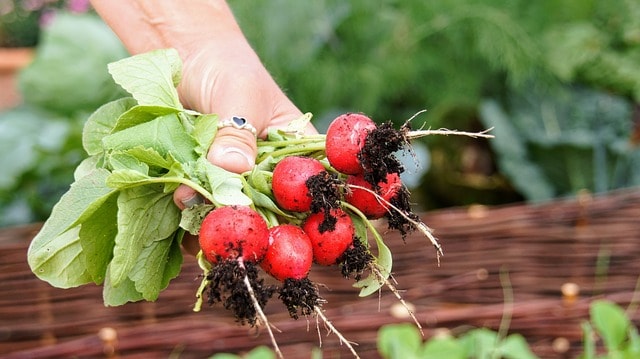
Radishes are a quick-growing and versatile fall garden vegetable that can be sown from August 15th to September 1st in Zone 7. These crisp and pungent roots are known for their ability to thrive in cooler temperatures, making them an excellent choice for autumn gardening.
Radishes are an excellent source of vitamins C and B6, as well as fiber and antioxidants. When grown in the right conditions, these vibrant roots can be enjoyed in a variety of dishes, from fresh salads to roasted side dishes.
To ensure a successful radish crop, gardeners should choose a location that receives full sun and has well-draining, nutrient-rich soil. These plants prefer a slightly acidic pH, typically between 6.0 and 7.0. Regular watering and consistent fertilization are also key to promoting healthy growth and robust root development.
Onions

Onions are a versatile and flavorful fall garden vegetable that can be planted in Zone 7 from September 1st to September 15th. By selecting onion varieties that mature in 60 to 80 days, gardeners can enjoy a bountiful harvest before the first frost.
Onions are an excellent source of vitamins C and B6, as well as fiber, antioxidants, and sulfur compounds that provide numerous health benefits. When grown in the right conditions, these aromatic bulbs can be used in a wide range of dishes, from savory soups and stews to roasted side dishes.
To ensure a successful onion crop, gardeners should choose a location that receives full sun and has well-draining, nutrient-rich soil. These plants prefer a slightly acidic pH, typically between 6.0 and 7.0. Regular watering and consistent fertilization are also key to promoting healthy growth and robust bulb development.
Swiss Chard
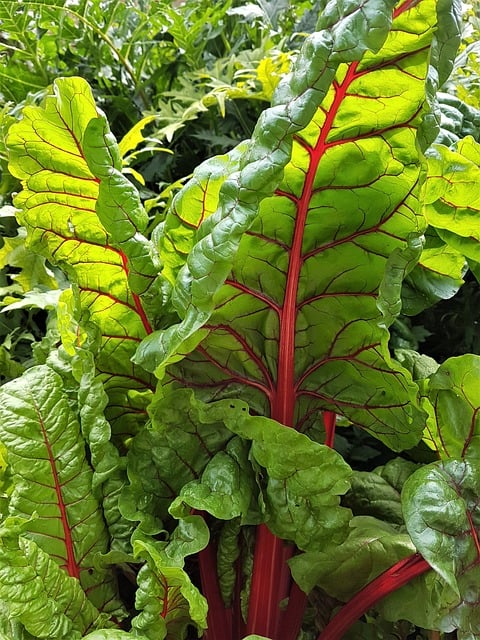
Swiss chard is a nutrient-dense and versatile fall garden vegetable that can be sown at the beginning of September in Zone 7. This leafy green is known for its ability to withstand cooler temperatures and provide a steady supply of fresh, flavorful leaves throughout the autumn months.
Swiss chard is an excellent source of vitamins A, C, and K, as well as fiber, magnesium, and antioxidants. When grown in the right conditions, these vibrant leaves can be enjoyed in a variety of dishes, from fresh salads to sautéed side dishes.
To ensure a successful Swiss chard crop, gardeners should choose a location that receives partial shade and has well-draining, nutrient-rich soil. These plants prefer a slightly acidic pH, typically between 6.0 and 7.0. Regular watering and consistent fertilization are also key to promoting healthy growth and robust leaf production.





